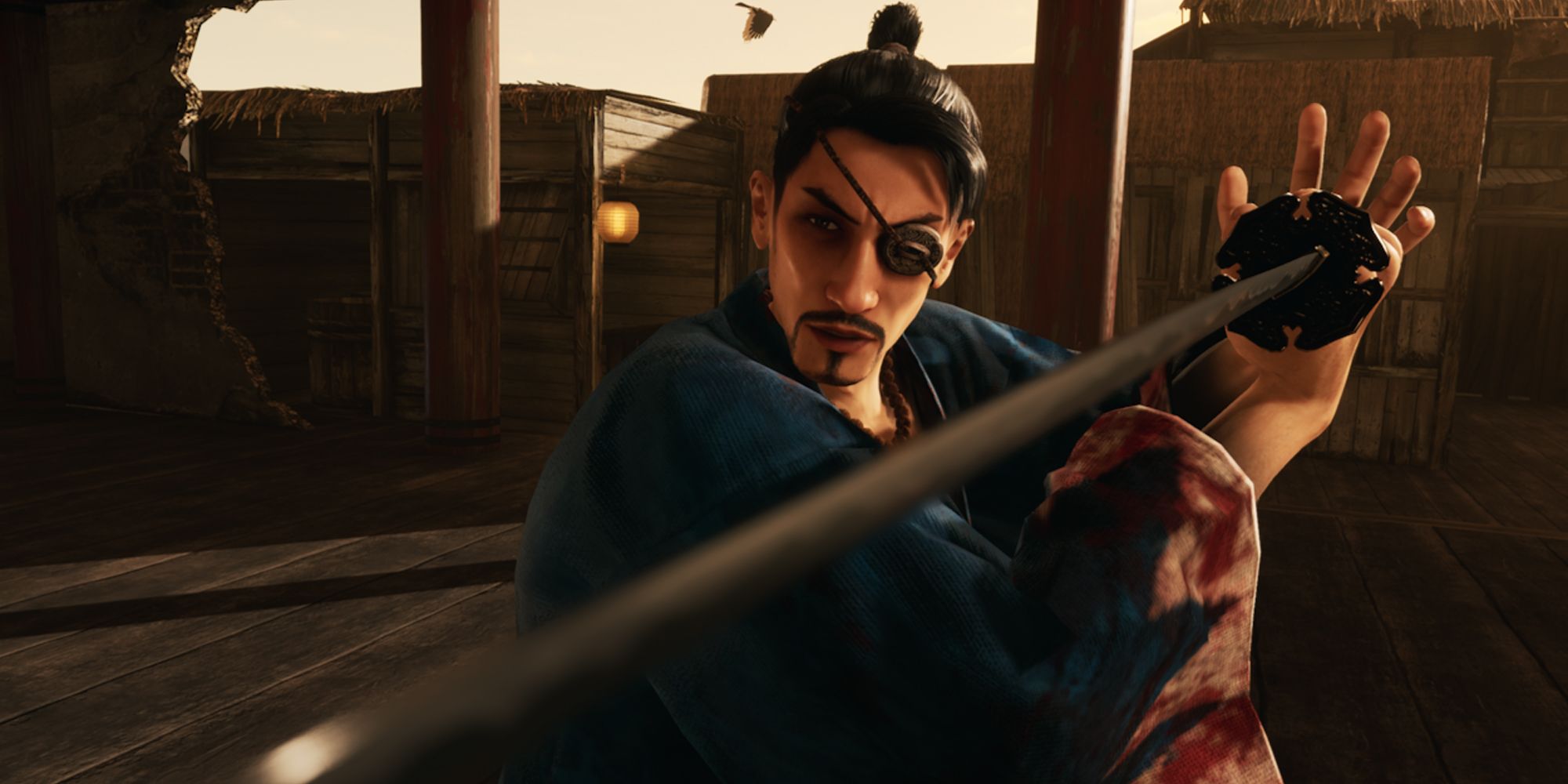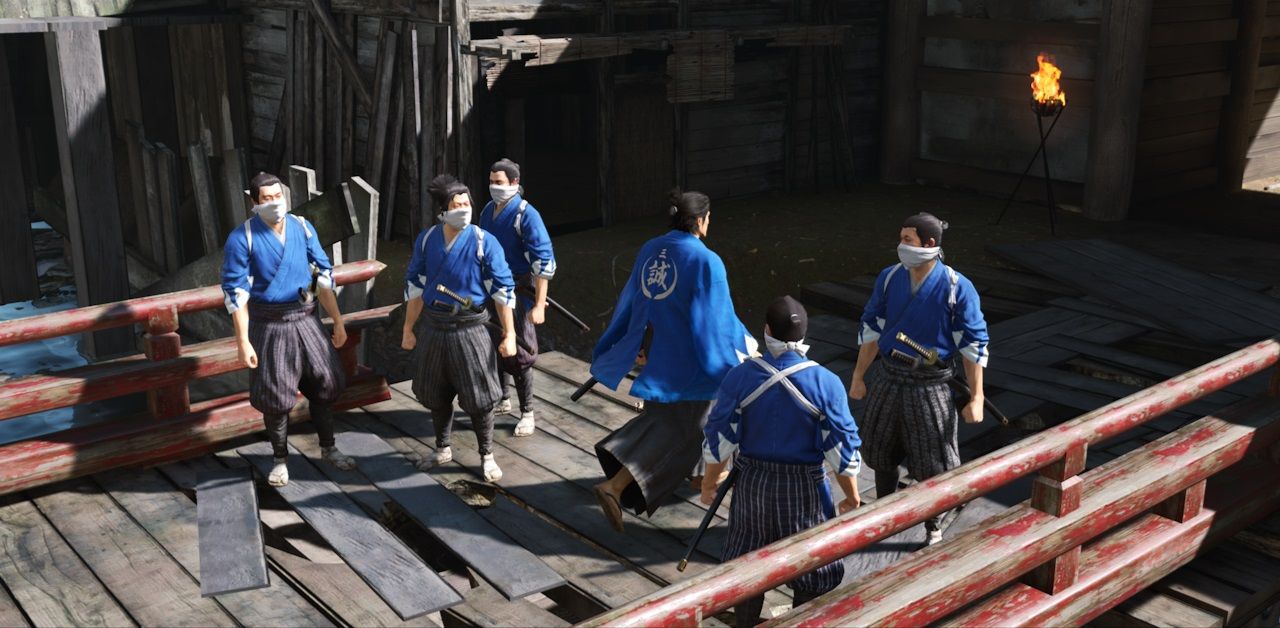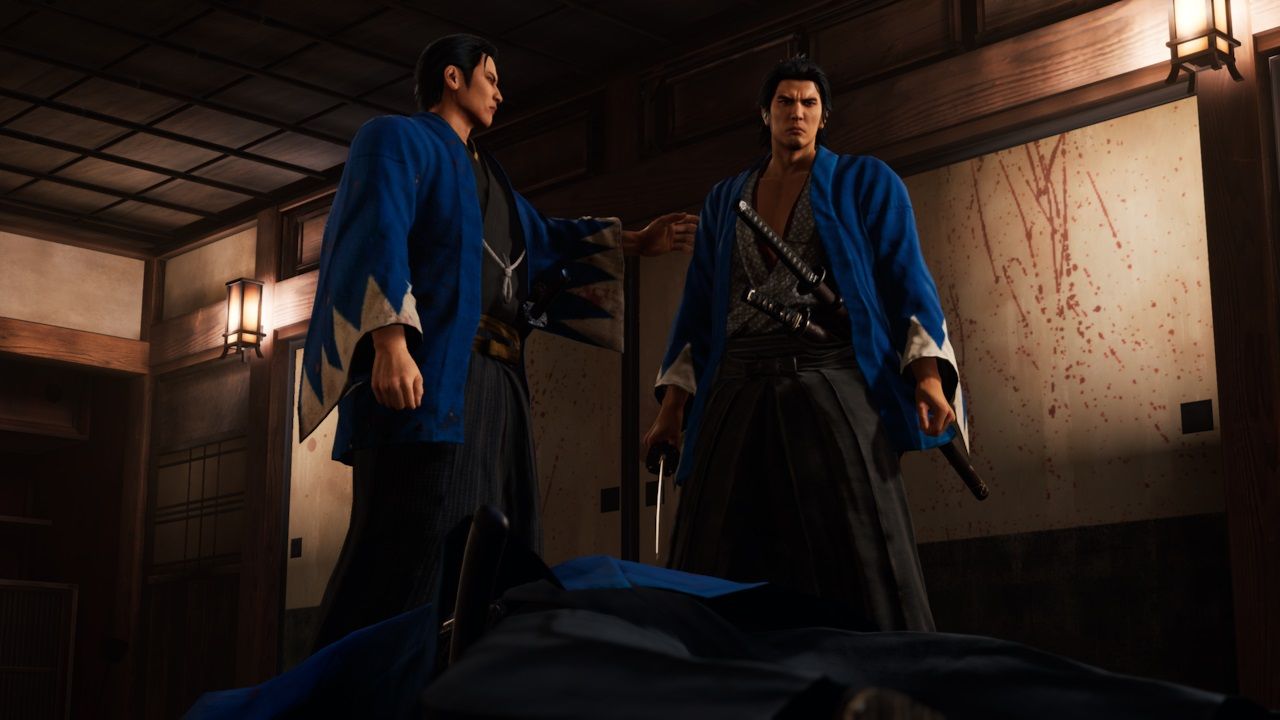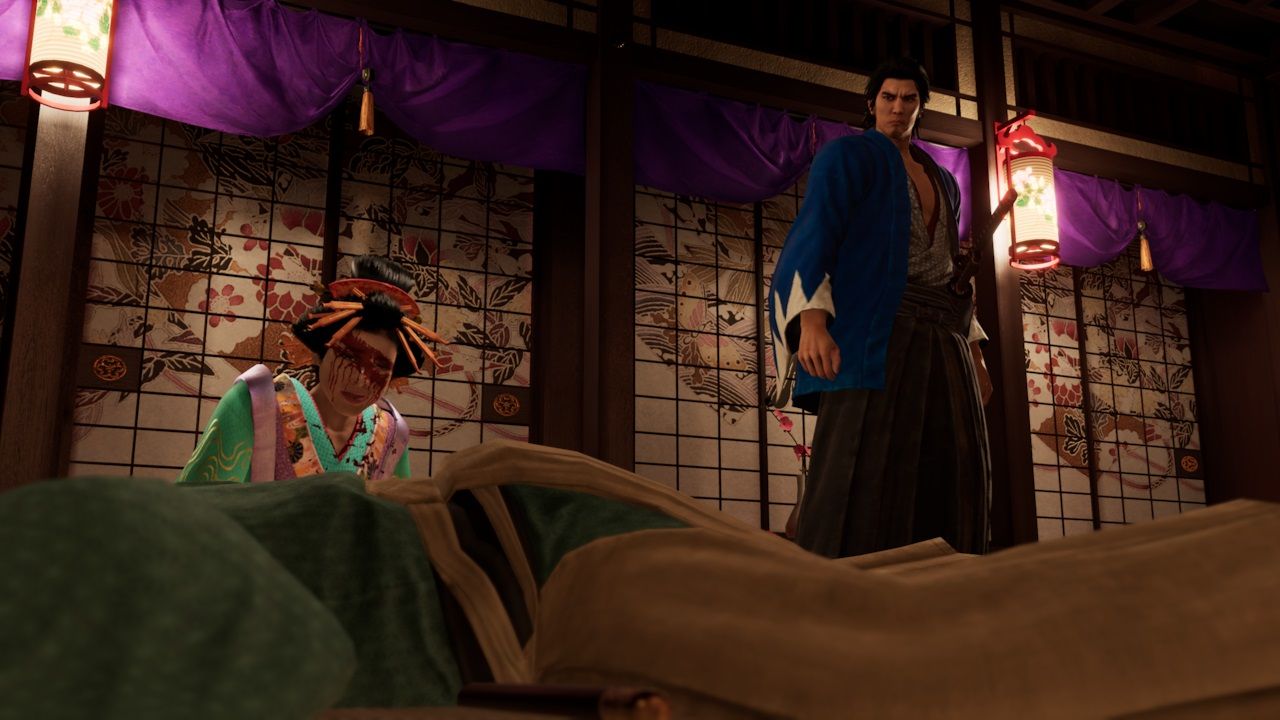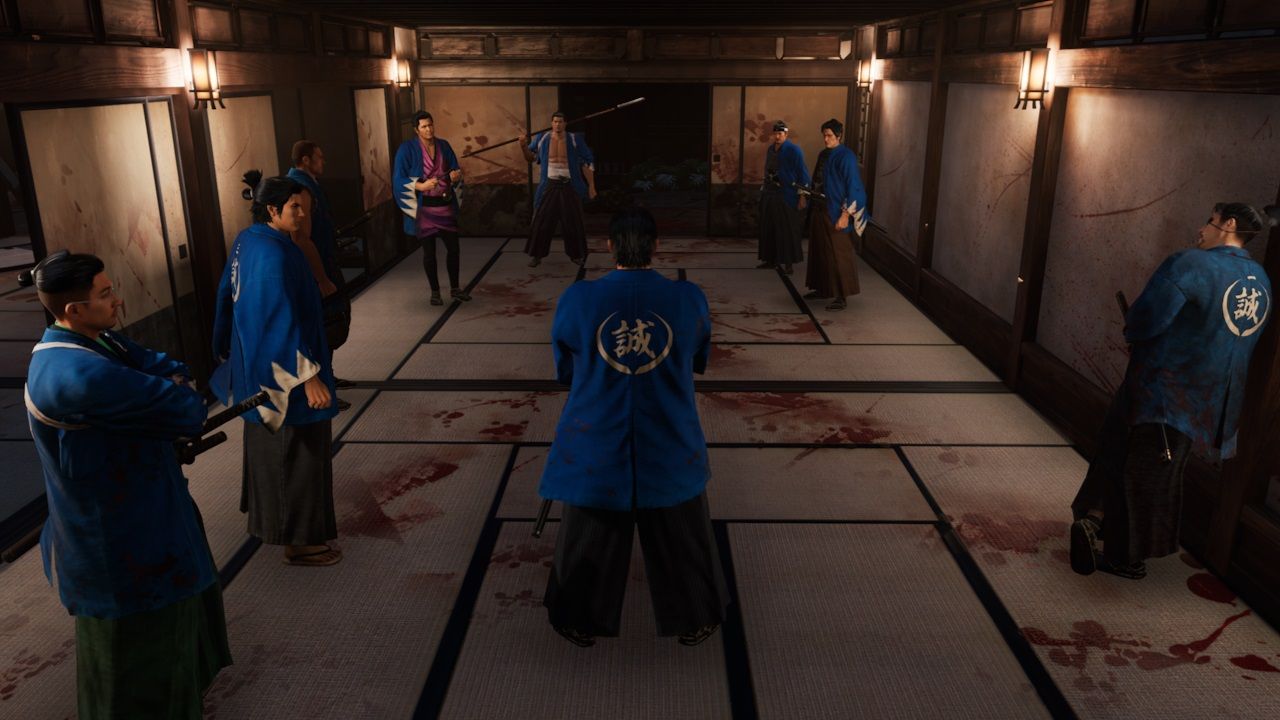Yakuza series’ protagonists are not your stereotypical thug-life gangsters. While they’re still willing to settle an issue with their fists (or even a well-placed trash can smackdown), you’ll quickly learn they have strong moral compasses and go out of their way to ‘do the right thing’ in both the main story and endless substories, but Like a Dragon: Ishin has me yearning for something a little less righteous.
The series’ protagonists are so goody-two-shoes that they’ve never canonically killed anyone - all of those clearly lethal Heat Moves and rapid-fire pistol shots don’t clearly count. At the end of grueling boss battles, and despite chasing antagonists down with the intention of killing them, you’ll find that fate has some way of keeping the fatal blow out of your hands.
Even Majima has never killed anyone, despite being nicknamed the ‘Mad Dog’ infamous for his brutality in battle, who also wields a sharp tanto that he likes to jab into other people’s guts frequently. You could argue he slaughtered his henchman in the first Yakuza, but Kiwami swiftly retconned that scene, so canonically, our boy’s hands are still clean. Metaphorically, at least.
It’s a Yakuza staple that gives us a familiar sense of security. No matter what weird shit we get up to throughout the game, we are playing the heroic do-gooder trying to change the world for the better. It’s a comfortable constant we’ve grown accustomed to, like a warm blanket with a smouldering gaze and stoic eyepatch, but my recent time with Like a Dragon: Ishin has me yearning for a change of pace.
Though Ryoma (Kiryu’s historical counterpart) is still a lovable idiot who doesn’t have a bad bone in his body, Ishin has him assuming a new identity of Saito Hajime and joining up with the Shinsengumi. The viciousness of the Shinsengumi is emphasised many times throughout the narrative, showing them going out of their way to punish and kill those who they think wronged them, or even just for funsies. You get to see firsthand why they can’t shake their nickname of the ‘Mibu Wolves’.
Even the more grey-area anti-hero captains pull vicious moves or two that you can’t whitewash away. Maybe they helped Ryoma in the grand scheme of things, but they still cut down that poor sod in cold blood near the beginning, right?
With such a fearsome reputation, it should come as no surprise that the Shinsengumi captains in Ishin are largely played by Yakuza series antagonists, such as Yakuza: Like a Dragon’s Akira Mabuchi, Yakuza 6’s Kanji Koshimizu, and Yakuza 5’s Masato Aizawa, to name a few. It’s a strange cast of characters you wouldn’t ever see working together in the mainline series (not just because some of them are dead now), which makes it all the more interesting.
Ryoma (as Hajime) joining the ranks of the Shinsengumi alongside these familiar faces has him take on the mantle of a villain, even if he doesn’t live up to it. Ishin flirts with the idea of letting players take a walk on the wild side, though we never get to embrace the dark fully. I want a game where we truly become one of the villains. Don’t judge me. We’ve all done those Renegade Mass Effect runs or decided to kill Paarthurnax just to see what happens.
There’s something sinfully enjoyable about being a terrorising Shinsengumi captain. The locals fear you as much as your enemies, and even when someone dares take you on, you’re more than capable of mopping the floor with them. You’ve got henchmen at your beck and call, you’ve got respect (even if it’s more from intimidation), and more importantly, you have power.
You can easily throw your weight around and do whatever the hell you want, attacking people who look at you funny and cutting down deserters without a second’s thought. Only you don’t get to do any of that fun stuff in Ishin because Ryoma has a heart. But I’m done playing the hero, I want to be the bad guy now.
A modern-day game where you get to channel your inner yakuza might cross into Grand Theft Auto territory too much, though it’s interesting to think about what that could look like. It would be an exciting change of perspective if it retained the core Yakuza mechanics in terms of gameplay, but your character wasn’t such a flawless saint.
Those quirky little minigames, such as the hostess clubs and business management sims, could become a lot darker or even get switched out entirely for something new and more suitable. The stereotypical yakuza looking to make a profit without care for the legality or morality of it all would likely approach things in a much different way. What’s a little murder or brutality between friends if it means we make more cash? Substories could see you becoming the person targeting NPCs in attacks, cons, and elaborate schemes rather than being the one to save them from these issues.
It could flip the script in more ways than one. Maybe throughout the game, you’d get pestered by some ex-yakuza idiot with a conscience who repeatedly messes up your perfect plan of becoming the very best yakuza like no one ever was. Rather than you coming out on top, it could culminate in some epic must-tear-your-shirt-off brawler showdown that ends with you — checks notes — blown up, crushed under a building, or deciding last minute you’re actually a good guy and sacrificing yourself.
We all love a bad boy, and the Yakuza fandom fawning over many villains or anti-heroes is proof of that. Please RGG Studios, give us this little treat of being the baddie just once, and then we’ll go back to handing out pocket tissues to people stuck in toilets.

